The Nic of Time #1: Nic Briscoe, London Studio Engineer, 1985: The Stars, The Sounds, The Songs
He's got a story. Correction: He's got stories! 22, talented, and frankly, preferring to be on the other side of the glass making the music in that London studio! Then, things started happening.....🎵
The man…….
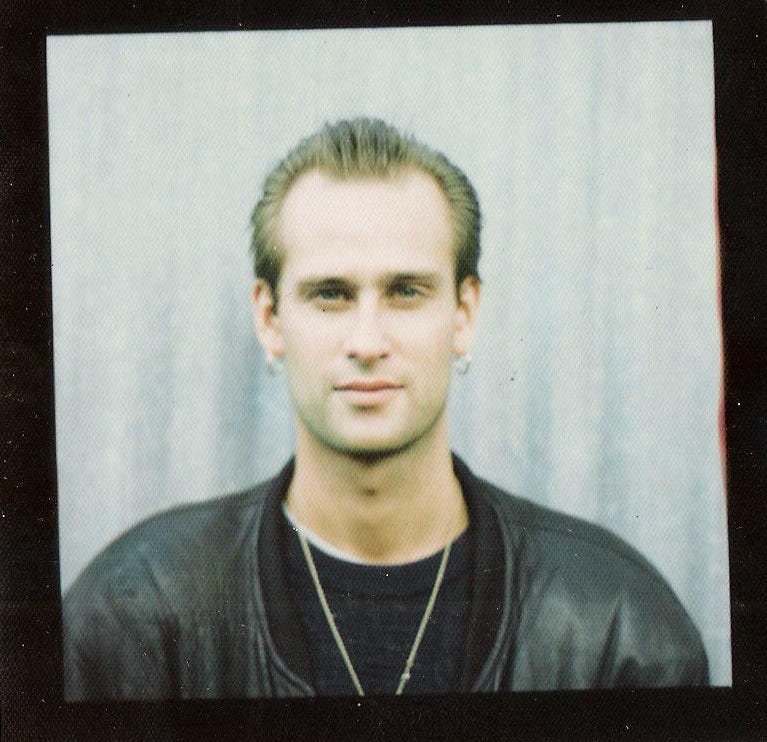
Nic:
In 1985 I was twenty-two, living in London (in Chelsea to be precise), working as a freelance sound engineer, clubbing almost all the time (in and around central London), and aspiring to be a professional musician — by my definition back then, meaning signed to a major record deal and making charting records.
Everything I’m about to write about herein could have actually happened during 1984 or 1986 — nearly forty years on, it’s all a bit of a blur. Back then, I seemed to move flats at least every six months, and the pace of life was almost always full-throttle. So, more or less I’m talking about circa 1985.
The studio……
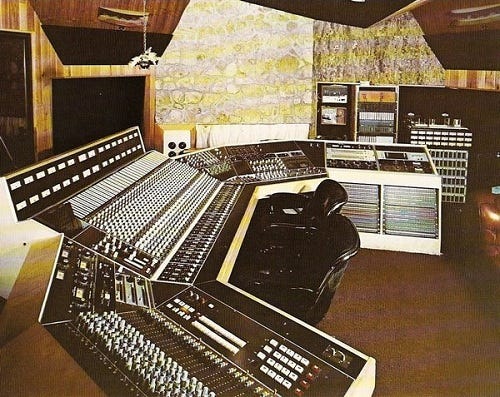
The story……
Some excerpts from
and the long-form article on his The Song’s the Thing Substack, with some added adornments: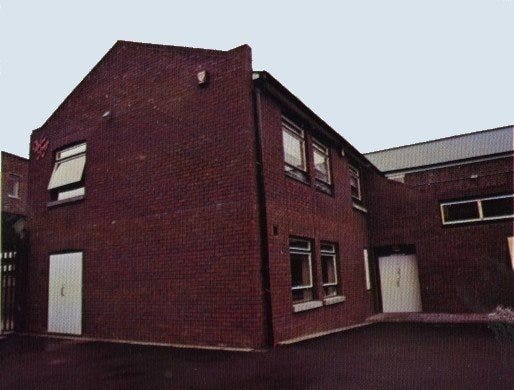
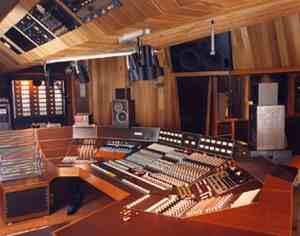
Nic: “I was based mainly at Maison Rouge (above), under the guidance of its studio manager, Tony Taverner, shown here:
“I got calls from many other studios to come and cover sessions. You have to understand that I was not a famous, sought-after engineer. However, there were very few young, competent engineers in London who could walk into a recording session in an unfamiliar studio, and hit the ground running — knowing their way around and being able to efficiently run a 48-track recorder, a multi-channel console, and all the auxiliary equipment. This was a sought-after commodity back then.
“So, I would very often get called by another studio and asked to come in and cover when their main engineer was taking a day off (and their recording artist client and producer still wanted to work).”
“Blue Jean” Video Extra with a Wham! Brother
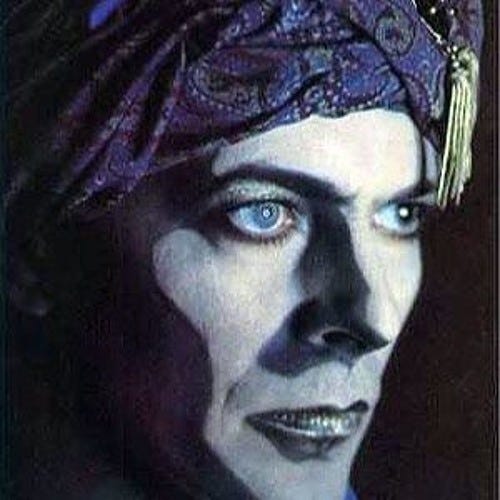
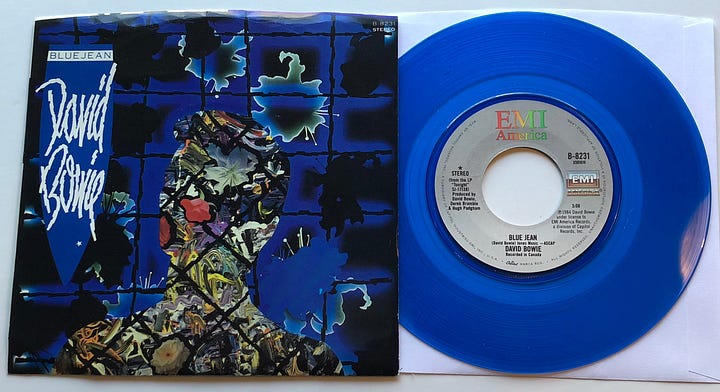
“What’s also coming to my mind is that in London, with Tolley (my girlfriend back then), my path crossed with David Bowie (as an extra in one of his videos, and hanging out as a crowd-scene member at another of his video shoots, 1984’s ‘Blue Jean,’ with my friends, Jamie, and Paul Ridgeley — Wham!’s Andrew Ridgeley’s brother — who mimed the drums, onstage):
“The ‘Blue Jean’ video was made by director, Julien Temple (The Great Rock’n’Roll Swindle, and music videos by Janet Jackson, Duran Duran, Tom Petty), and actually they made a short film, an excerpt of which came out as a video single to promote ‘Blue Jean.’
“That film was called Jazzin’ for Blue Jean, and my good friends, Jamie, Paul, and I (we were in a band together at the time) were all extras in it: Paul Ridgeley on drums, Jamie and I in the nightclub audience. Nobody was actually playing their instruments; we were miming to the song playing loudly over speakers.
“We hung out for two days filming with Bowie, who was always very busy on set, mostly communicating with Julien Temple, with the director, then, communicating new ideas or changes with the crew and extras.”
“Yep, Paul McCartney asked ME for MY musical opinion. Put THAT in your pipe and smoke it!”

Nic: “One day I got a call at Maison Rouge from AIR Studios (above, founded in 1965 by George Martin and business partner, John Burgess in an edifice built in 1923) on Oxford Street. It was several stories up, overlooking the West End’s Oxford Circus (below).
“It had a Neve console, with which I was familiar due to my long stint at CBS Whitfield Street studios. AIR needed a competent engineer short-notice, for that coming Saturday afternoon, to run a very straightforward playback/listening session for a recording artist.
“These sessions were kind of selection sessions, where an artist listened back to several different takes (versions) of the same track on a multi-track recording — different versions of the same lead vocal, or the same guitar solo, or bass line — and basically chose which one or which parts to use. It was a doddle.
“You laced the tape on to the multi-track, pushed up some faders, opened a few channels, set some basic levels, and Bob’s your uncle. No micing-up. No recording. No editing. Just hitting the play button. Sitting. Listening. Rewinding. Fast-forwarding. And occasionally changing reels of tape. Meanwhile, the producer or arranger and the artist would decide and log which recording takes they wanted to use. Easy peasy.
“So I said yes, I had no plans for that Saturday, so why not? I didn’t even think to ask who I was working with; it didn’t even enter my head. What did it matter?
“I showed up to AIR late-morning, got shown around the studio control room. There wasn’t much conversation with the AIR studio staff, not many people were there, and it was a Saturday morning; everyone was a bit subdued. I just put my head down and got on with setting up for the session. There were no tape reels yet. The producer, or the artist’s manager would bring those in when they arrived.
“And then the tapes arrived, with the artist, the living-legend Paul McCartney! He very politely offered me his hand, shook mine, and said, ‘Hi, I’m Paul’. To which I nearly replied ‘Yes, I know that!!!!,’ but somehow managed not to, and squeezed out a very formal and deadpan, ‘Pleased to meet you too. I’m Nic.’
“Let’s focus a bit here. I was in my early-twenties. I’d grown up with the music of The Fab Four as a main part of the soundtrack of my life. Due to my totally The Beatles and The Who obsessed older cousin, Jonathan, I probably knew more about Paul McCartney and his life than I knew about my lovable gentle cousin himself! I’d grown up with Paul McCartney. And, now, there I was working professionally alongside him.
“Yep, I spent a Saturday afternoon one-to-one with Paul McCartney, on a first name basis, sitting beside him, in the now-legendary AIR studios, listening to Paul’s songs with him, whilst drinking copious cups of tea/coffee.
“Now, if you ask me what the songs were, what the project was, I have no idea, I simply don’t remember. However, from time to time, when he wasn’t immediately certain, Paul would ask me which vocal take or guitar part I preferred:
“‘Which one would you go for, Nic?’ To which — even though I was still in a bit of a state of shock — I would, as nonchalantly as possible, state my preference, which sometimes he concurred with, sometimes not.”
🎶Right place (AIR Studios/London), right person (Paul), but a couple years before Nic and Paul’s meeting at the same studio: A fascinating interview, nevertheless, as Paul discusses recording “Ebony and Ivory,” song publishing, his investments in that field, his family life, his advice to younger artists on how to make the best use of studio time, and his ‘60s-era song that didn’t do as well as he thought it should have:





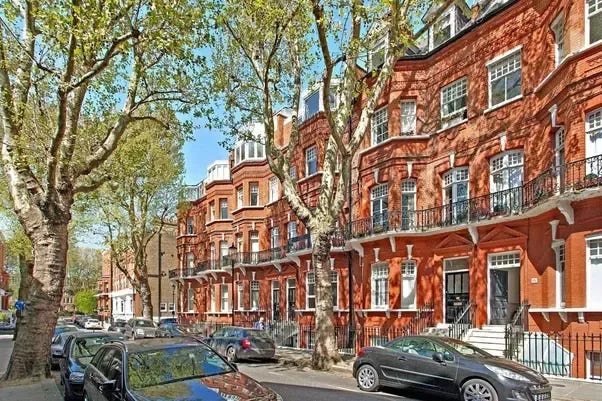
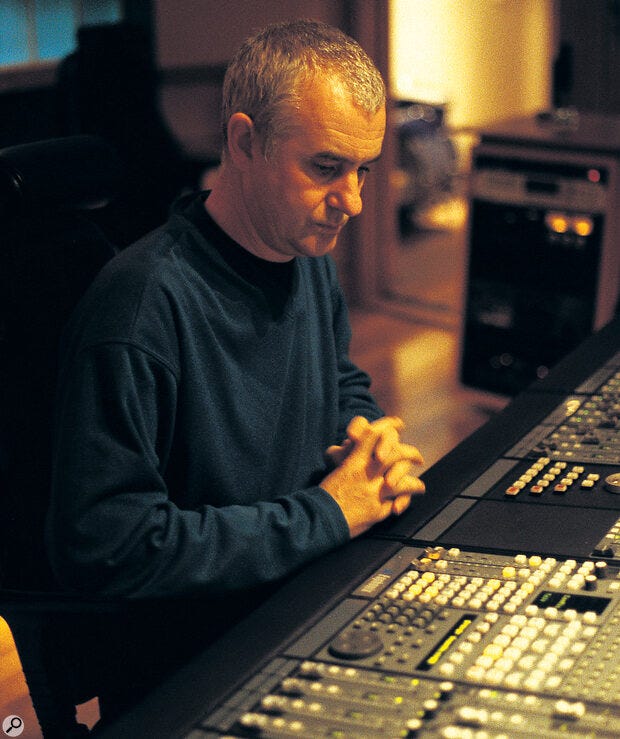

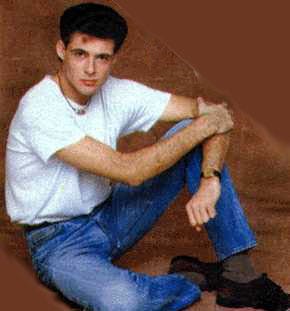

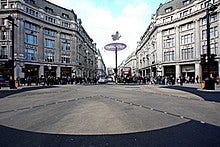
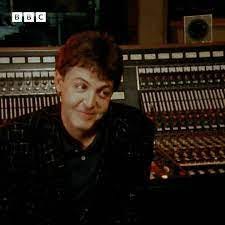

Hey Guys. Glad you enjoyed Brad’s article. For sure I’ll be posting more stories/memories from back in the day during the coming weeks/months. Thanks especially to Brad for his support with this. I’m running about a bit today (trying to buy a new car!) but when I get home later, I’ll take a proper look at the comments and crosspost the article on my Stack. Thanks again.
Thrilled that you finally got Nic to tell stories!